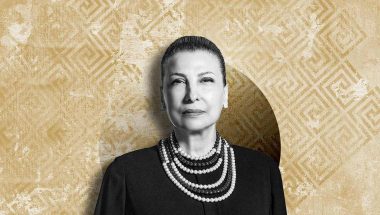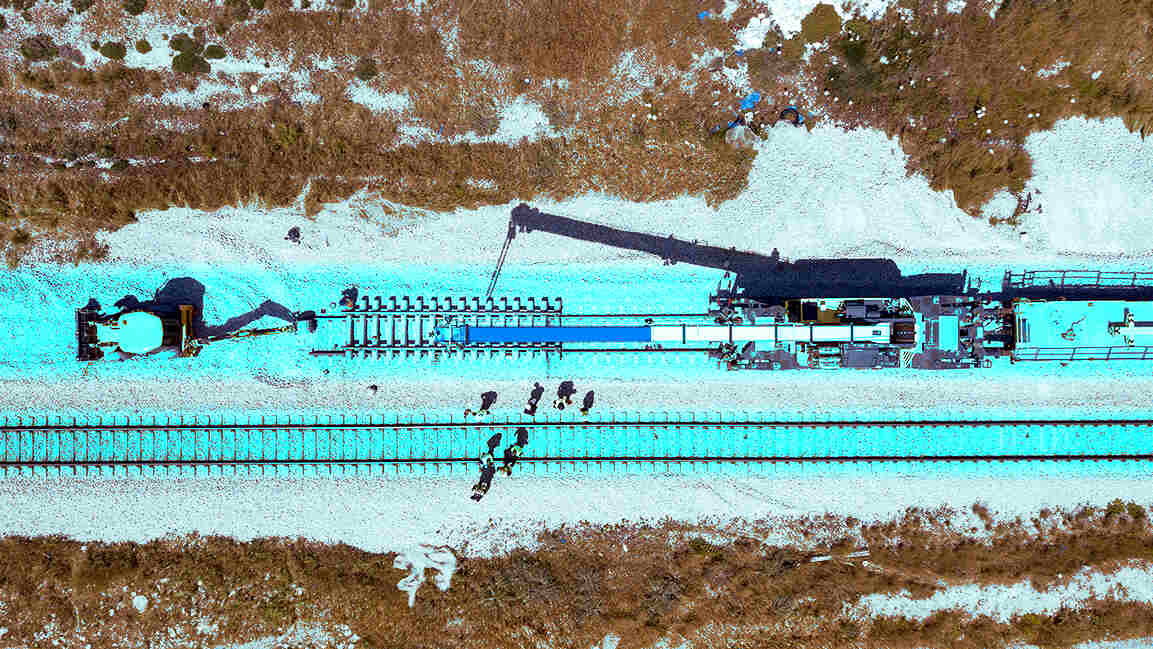- | 9:00 am
Are two better than one? Experts weigh in on the effectiveness of a co-CEO model
While the co-CEO model can bring unique benefits to businesses in today's complex landscape, it may also cause cultural division within the company.

The role of senior leadership is getting more complex as they navigate more than simply running a business. They are tasked with rapid digital transformation, employee well-being, ensuring DEI principles, sustainability concerns, and the new workforce looking for a more purpose-driven work ecosystem.
As a result, CEOs are more likely to crash and burn out than ever. In such a scenario, is adopting a co-CEO arrangement a better option?
An Oracle study found that about 74% of business leaders noted that daily decisions have increased tenfold over the last three years. About 83% of business leaders also admitted suffering from decision distress, and 93% believed that the right decision could make or break the success of an organization.
In fact, it could also bear good news for shareholders. In 2022, a Harvard Business Review study looked at the performance of 87 public companies and found that companies led by co-CEOs over five years provided annual shareholder return of 9.5% compared to companies led by sole-CEOs over the same period that provided a return of only 6.9%.
Co-CEOs could be effective if done right. “Given the loneliness, stress, and burnout associated with the role, having co-CEOs can be advantageous. CEOs do not have many trusted people who can share their problems, gain insights, and seek help developing novel solutions to complex problems,” says Dr. Laila Marouf, Founder of the Knowledge Mindfulness Group.
However, a co-CEO could stand in the way of mutual progress.
“It’s essential to find the right duo. Having co-CEOs can allow for a deep focus on multiple critical areas simultaneously. It requires a clear definition of roles and exceptional communication to ensure alignment and avoid confusion,” says Christian Kiefer, CEO and founder of Spa Wellness Project Management.
At Outsized, a talent on-demand freelancer platform, Niclas Thelander, founder and CMO, shares that the company operated a co-CEO model where they took on the day-to-day responsibilities for different geographies and functions. While all essential factors were decided jointly, the model only worked well for the first few years. They now only have a CEO.
Prashant K. Gulati, founder of the Smart Start Fund, says such is the inevitable outcome for organizations looking to deploy co-CEOs, a strategy he believes to be an oxymoron.
“The buck has to stop somewhere. There has to be one leader, one person who is responsible, and one person who falls if things don’t work out,” he says, adding that the singular scenario that the model is effective when a merger happens, whereby those involved need to set the terms and the culture of that merger.
PROS AND CONS
As organizations mainly focus on peak performance and how to continuously elevate, they fall behind on the trust factor. In the knowledge mindfulness framework, high performance and high trust go hand in hand.
If companies want two CEOs, there must be shared trust that uplifts performance. Without high trust and psychological safety, co-leadership does not work, and they cannot leverage each other’s strengths.
Dr. Marouf says that the benefits of a co-CEO model are more likely to outweigh the negatives if both CEOs have high knowledge maturity, that is, the ability to clearly see the interconnection between their own knowledge and wisdom and external collective wisdom to achieve the greater good.
This will prompt co-CEOs’ cooperation and allow them to grow and develop. “They strive to be the best possible version of themselves, actively seeking and giving feedback,” she adds.
Similar advantages include fewer knowledge gaps, smarter/quicker decision-making, and annual shareholder return. With split responsibilities and mental and emotional support, the management style also considers the CEO’s mental health.
The work-life balance comes under the model; whether it is handling personal difficulties or taking a break from the office to prevent burnout, there is a mutual understanding among the CEOs, which can help both maintain a healthy lifestyle.
“The burden of leadership is distributed, which can reduce burnout and allow for more strategic thinking and split accountabilities via an authority matrix,” says Kiefer. “Two brains think better than one, and it’s sharpening the company’s decision-making, with each CEO challenging and refining the other’s ideas. In unexpected events, having another CEO can ensure that leadership prevails.”
Despite such pros, it is important to remember that co-CEOs can have disagreements, leading to decision-making that puts the line level in a trance or, worse, split the company culturally.
“If proper systems and checks are not placed, it can lead to chaos and lack of accountability,” says Kiran Tangri, Assistant Professor in the School of Management and Coordinator of Entrepreneurship at the Canadian University of Dubai. “It can lead to a power struggle, potential conflict, and division of loyalty of the employees. In a low growth business with lesser ambiguity, employing the shared leadership model may also be expensive.”
Kiefer says that the overheads can be too heavy to carry two CEOs. “It can be harder to pinpoint responsibility for successes and failures when two individuals are given the steering wheel.”
The co-CEO model could end up in the organization’s failure as there is confusion about who is actually in charge, says Gulati, adding that division of labor can be done without such designations, whereby people can decide what they do or don’t work on.
TWO HEADS
It is often said that “two heads are better than one,” which is thrown around to support co-management styles, but is this necessarily true for the co-CEO model?
If organizations are to prove the saying true, there needs to be an aligned vision and values, and co-CEOs must share a common vision and core values for the business, says Thelander.
Strong mutual trust is just as important. “The co-CEOs need to consistently share information and collaborate effectively. Don’t underestimate the communication to the rest of the team. Co-CEOs must come together for key strategic decisions, ensuring they present a united front,” adds Thelander.
Backing this statement, Dr. Marouf adds, “Having a co-CEO means you can step away from the workplace without the existential fear that things will collapse without you.”
Clear and set areas of responsibility must be ensured, as well as a plan to select two knowledge-mature CEOs. “There needs to be a clear line of authority and communication. As the average length of a CEO is about 5-7 years, there also needs to be a need for business continuity planning if one-half of the co-CEO model is changed or retires,” says Tangri.
What is especially needed is fine-tuning the older perception. For a long time, the prevailing wisdom has been that companies must be led by a single, smart leader. “Today’s world needs us to reassess many of our old leanings and assumptions around leadership, knowledge, and what success means,” says Dr. Marouf.








































